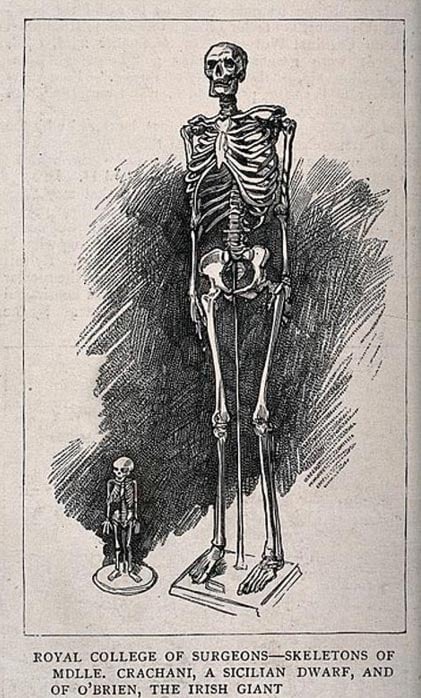When we think of language, we usually think of words, phrases, and sentences--strings of abstract symbols. In research over the past 50 years, cognitive and social scientists have developed extensive accounts of how people communicate with these symbols. But when people are face to face, they also communicate with actions that depict people, objects, and events. They create these depictions with their hands, arms, head, face, voice, and entire body, sometimes with other props but often without.
In an article recently published Online First in Psychological Review, Herbert Clark argues that spontaneous depictions like these are missing from general accounts of how people communicate, and that is a major failing. Why? Because depicting is common in everyday conversation and depicting things is fundamentally different from describing things. Also, a great many utterances are "composites" of depicting and describing.

Clark's point is nicely illustrated in a report, from the New Yorker, of Hollywood director WG telling correspondent TF about having to stop filming in New York because of some falcons nesting on the ledge of a building:
"In L.A., they would have--" He leveled a finger at some imaginary nestlings and made a gun-cocking sound.
As Clark notes, WG could easily have described the scene with the phrase "shot those falcons." What he did instead was depict the scene with his finger, hand, head, eyes, and voice. The result included a depiction (leveling a finger and making a gun-cocking sound) in place of the phrase "shot those falcons." Traditional accounts are unable to handle composites like this.
What is depicting? In the theory developed in this paper, to depict something is to stage a scene. When WG leveled his finger at the imaginary falcons, he enacted a shooter in L.A. aiming a rifle at some falcons. And he did that so that his listener could imagine the scene vividly. Depicting is much the same as putting on a play in the theater or engaging in make-believe play.
Depicting, according to Clark, is largely complementary to describing. To begin with, many ideas that are impossible to put into words are easy to depict. Tennis coaches don't describe how to hold a racket or do a backhand return. They demonstrate it, and in living detail. Music teachers often correct their students by playing or singing what the students should have played or sung. And although it takes years for children to tell coherent stories, they have little trouble depicting stories in make-believe play. They readily enact Cookie Monster, Mother, cops and robbers--and play out what they do.
Depicting is also effective for emotion, excitement, and empathy. In telling stories and passing on gossip, people not only describe, but dramatize what the protagonists said and did, often with passion and attitude. And in apologizing, people not only say "Sorry" but add facial gestures that depict their regret.
The idea, then, is that depicting is a method of communication. Without depictions, talk would be flat, lifeless, and sometimes even impossible.
original source of the article can be found here

